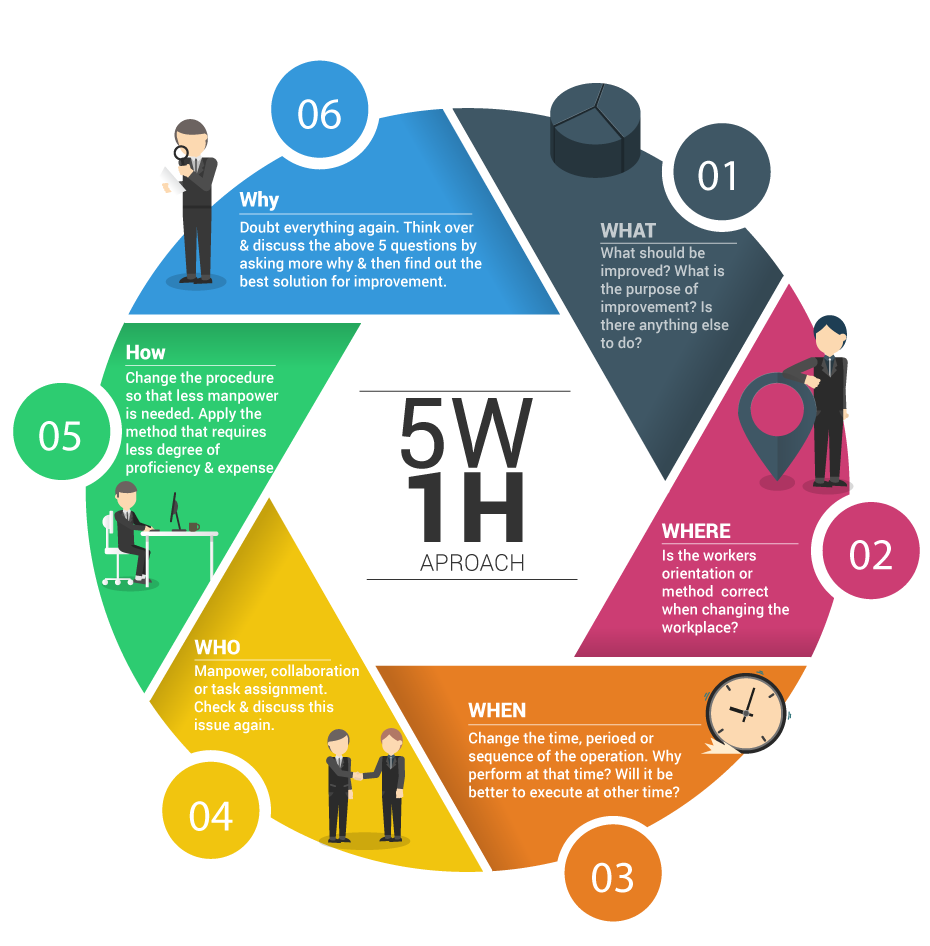In the present digital-first company setting, companies rely on many different engineering methods to control their operations. However, when adopting a new business system (affärssystem), the true concern lies not only in choosing the best solution but in addition in efficiently integrating it along with your present technology infrastructure. Correct integration guarantees that data passes seamlessly across tools, reducing disruption and maximizing the worthiness of your investment.
One of many major goals of integration is to get rid of silos within your organization systems. Many organizations battle with disparate methods that don't communicate together, resulting in inefficiencies and data inconsistencies. By establishing your new business system with current software—whether it's for sales, customer connection administration, or inventory management—you build a good ecosystem wherever knowledge is obtainable throughout the board. This smooth relationship assists in improving working performance and reliability, ensuring all departments have access to probably the most up-to-date information.
A crucial step in successful integration is understanding the compatibility of your overall techniques with the newest company solution. It's necessary to determine the existing pc software architecture and recognize any potential holes or issues that will happen during integration. Like, older systems may absence the necessary APIs or data change features needed for clean integration. In such cases, firms might need to spend money on middleware or knowledge connections to link these breaks and ensure seamless communication.
Also, cloud-based company programs will offer significant advantages in integration. Cloud systems are often developed with interoperability at heart, making it easier for connecting with current on-premises or cloud-based tools. That flexibility enables businesses to range their operations without needing a whole overhaul of the technology infrastructure. Cloud alternatives also provide the benefit of real-time changes and data access from everywhere, which will be invaluable as corporations become significantly worldwide and remote-work friendly.
Yet another crucial factor is worker training. When integrating a brand new system, employees must be built with the skills to utilize both the brand new company program and the incorporated resources effectively. Giving extensive training guarantees that the integration method is smooth, and employees can utilize the system efficiently from day one.

In conclusion, adding a new company system with present engineering infrastructure is an essential method for corporations seeking operational efficiency. By ensuring compatibility, leveraging cloud functions, and buying worker training, companies may streamline their operations and discover the total potential of their technology investments. This integration may finally permit organizations to keep agile, improve decision-making, and get long-term success.
